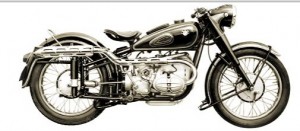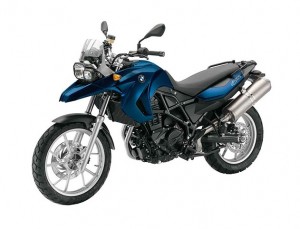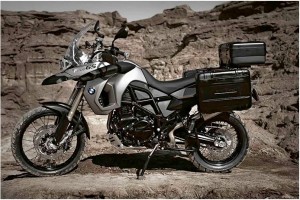Rolls Royce and luxurious BMW’s may ring a bell in our ears for automobiles. However, before they started with cars, The German company, Bayerische Motoren Werke AG, or more known by its English name as Bavarian Motor Works(BMW) were into motorcycle production. Presently, BMW Motorrad is the business unit responsible for bringing out into the market motorcycles for off-road, dual-purpose, sport, and touring activities.
More than 90 years of existence has been a result though of evolution to adjust to the vicious circumstances that BMW experienced. BMW was founded in 1916 amidst World War I . It was originally into engine production for aircraft but was forced after the war to channel their production into something else. In 1922, it acquired a plant from Bayerische Flugzeugwerke (BFW), an aircraft company which was at its losing end after the war. It became the workshop for future road royalties.

R32, the first motorcycle that BMW Motorrad produced in 1922, had a flat-twin boxer engine. It was a result though of the Helios, which  was unlikely to sell out. R32 brought awe and applause when it was first exhibited in Berlin Exhibition in 1923.

The principle used for its construction has survived and lived up to exist even in the motorcycles that BWM produce these days.  The Chief Engineer Max Friz, has positioned the flat motor crosswise in a double-tube frame and transmitted its power via a cardan shaft directly to the wheel to improve cooling.
Various models sprouted fromR32. Next in line were to be the trail blazers on the racetrack. As most motorcycle manufacturers were tested in a race, BMW decided to venture into it too. 1925 was an important year as the R37, a modified model with a 16 HP sports engine, brought the first recorded victory. It was also the birthyear for R39, a 250 cc, single-cylinder sports model that brought Josef Stelzer instant success in the German Championship.
BMW made its big leap in motorcycle production in 1935 when they launched the first telescopic forks: R 12 and R 17. The world’s first hydraulically damped telescopic forks guaranteed rider’s safety by attenuating bump from uneven surfaces and ensuring that the wheel remains in ground contact. Because of this new innovation, BMW’s production of motorcycles went beyond 10,000 for the first time on this year.

1952 and 1954 brought fame to BWM for its amazing R68, a 600 cc motorcycle with 35 hp, capable of beating the line for 160 km/hr in top gear. It sold at a high price partly also because it was a limited edition.
The K 100 Series, the first BMW four-cylinder models, were launched in Paris Motor show in 1983, 20 years after the company first produce motorcycle. The K100 series featured  a  compact drive system that connected the brand-new, 1,000 cc, water-cooled, four-cylinder horizontal engine to the transmission, cardan drive and swing-arm forks.
Ten years after, in 1993, a new generation of boxer engines with four-valve technology and digital engine electronics were launched. A Telelever-controlled front wheel, computer-controlled catalytic converter and advanced ABS were the special features of the new series to ensure greater safety and comfort. It was adapted the following year for off-road models.



From years of expertise and excellence, BMW lives by its slogan of “BMW is Joy†by offering more reasons for motorcycle enthusiasts to be happy and proud of their road babies.
__________________________________________________________________________________________________
